Retro Replay Review
Gameplay
Pathstorm offers a fresh twist on logic-based puzzle mechanics by requiring players to deduce hidden obstacles on a grid. Each level presents a maze of covered tiles and edge-mounted arrow triggers, which send a sphere along an unseen trajectory. Through a combination of subtle audio cues—like metallic clangs or soft thuds—and visual hints such as fleeting glows or tile vibrations, you must infer the positions of bouncers, splitters, shifters, and twirlers before committing to a shot.
The interplay between object types adds layers of complexity. Oblique and straight bouncers deflect the ball at precise right or 180° angles, while splitters multiply your sphere into three projectiles to tackle parallel pathways. Shifters and twirlers introduce rotational dynamics, spinning the ball clockwise or counterclockwise, effectively rotating sections of the maze. Red “scrambler” versions of these objects keep you on your toes, since their orientation can either aid or derail your intended path.
Pathstorm’s three distinct modes cater to different play styles. Journey Mode guides you through four difficulty tracks—Junior, Novice, Intermediate, and Expert—rewarding progress with vibrant map enhancements and track-completion trophies. Challenge Mode ramps up the intensity with a ticking clock and a cap on mistakes, demanding quick thinking and near-perfect deductions. For endless experimentation, Puzzle Mode generates random fields without any time constraints, letting you hone your skills at your own pace.
A built-in level editor and online download portal inject tremendous replay value. You can craft custom grids, place obstacles as you see fit, and share your creations with a community of fellow puzzlers. Conversely, you’re never short of fresh brain-teasers thanks to the developer’s regularly updated level repository.
Graphics
Visually, Pathstorm walks a fine line between minimalist clarity and engaging polish. The grid tiles have crisp edges and subdued textures, ensuring that your focus remains on uncovering what lies beneath. When you trigger an arrow, the launching sphere arcs gracefully out of a stylized cave, its momentum evident in fluid animation frames. The subtle particle effects—dust when a tile cracks open, occasional sparks on metal surfaces—provide satisfying feedback without overwhelming the screen.
Color plays a pivotal role in signaling progress. Uncovered paths glow softly in contrasting hues, guiding your eye toward completed routes and exit holes. The four Journey Mode tracks each adopt a unique color palette on the worn map, morphing from grayscale to vibrant tones as you clear levels. This dynamic coloring reinforces your sense of accomplishment and offers a pleasing visual reward for strategic thinking.
Special objects stand out through intuitive iconography: bouncers feature distinct angular patterns, splitters are marked by three-pronged emblems, and twirlers showcase spiral motifs. Red scramblers are tinted crimson to warn of their unpredictable orientation. Even on higher-resolution displays, object designs remain legible from a distance, ensuring you can plan your moves without resorting to pixel-peeping.
The user interface is streamlined, with arrow controls flush against the grid edges and a minimal HUD displaying timer and mistake count only in Challenge Mode. Menus and dialogs adopt a cohesive design language—stone-textured panels, hand-drawn icons—evoking a handcrafted aesthetic that complements the game’s tactile puzzle-solving vibe.
Story
While Pathstorm doesn’t feature a narrative campaign in the traditional sense, it frames your progress as an adventurous expedition through an ancient labyrinth. The worn map in Journey Mode suggests a quest-oriented trek, with each track representing a distinct region of the maze: from the sprawling “Junior” meadows to the ominous “Expert” caverns. Earning trophies and seeing the map come to life imbues your puzzle conquests with a metaphorical storyline of exploration and discovery.
The lack of dialogue or characters may feel unconventional for players expecting a lore-driven experience, but Pathstorm’s story emerges through environmental storytelling. Cracked tiles hint at long-forgotten mechanisms, and the echoing sound effects evoke vast underground chambers. Every new object you reveal tells part of the maze’s secret history, inviting you to imagine the engineers who once designed these tricky contraptions.
Achievement notifications and level completion animations contribute to the game’s narrative pacing. Each time you clear a track—or conquer a timed gauntlet in Challenge Mode—the game briefly shifts tone, rewarding you with map updates or celebratory visual flourishes. These small narrative beats help maintain momentum, ensuring that every puzzle feels like another step in your epic journey through the Pathstorm caverns.
Overall Experience
Pathstorm stands out as an intellectually stimulating puzzle title that rewards patience, observation, and creative problem-solving. Its core mechanic—using audio and visual hints to deduce hidden obstacle layouts—is straightforward to grasp yet leads to deeply satisfying “aha!” moments. The three game modes strike a fine balance between structured progression, high-pressure challenges, and open-ended exploration, making the experience accessible to both casual players and hardcore puzzle aficionados.
The aesthetic presentation, from clean grid visuals to atmospheric sound design, complements the gameplay without unnecessary frills. The level editor and online sharing portal extend the game’s lifespan well beyond the built-in stages, fostering a community-driven library of user-generated content. Whether you’re tracking down every tile in Journey Mode, racing against time in Challenge Mode, or experimenting in Puzzle Mode, Pathstorm keeps its core puzzle loop feeling fresh and rewarding.
For potential buyers seeking a cerebral, design-forward puzzle game, Pathstorm delivers on every front. It may not boast a blockbuster storyline or high-octane action, but it excels in offering a thoughtfully crafted, mentally engaging experience. If you enjoy deducing pathways, piecing together audio and visual cues, and watching your own insights unravel hidden mazes, Pathstorm is a must-have addition to your collection.
 Retro Replay Retro Replay gaming reviews, news, emulation, geek stuff and more!
Retro Replay Retro Replay gaming reviews, news, emulation, geek stuff and more!
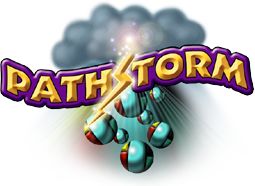
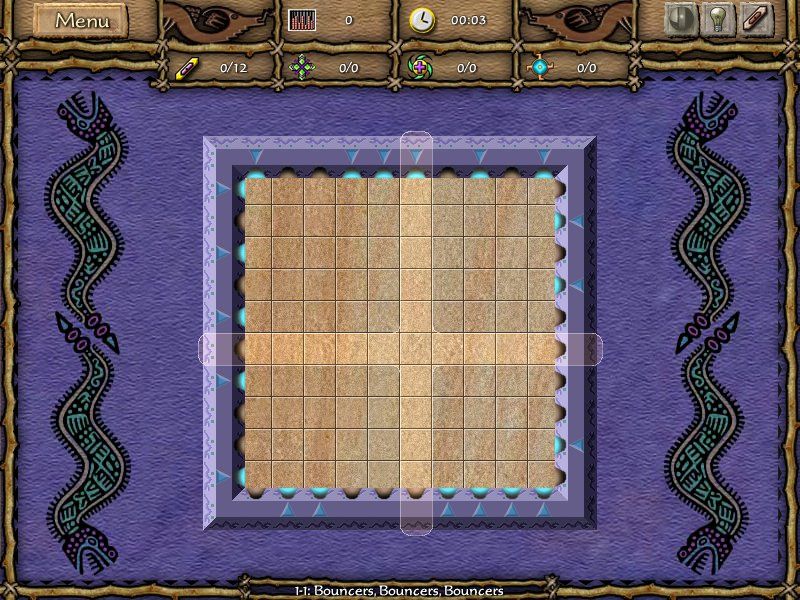
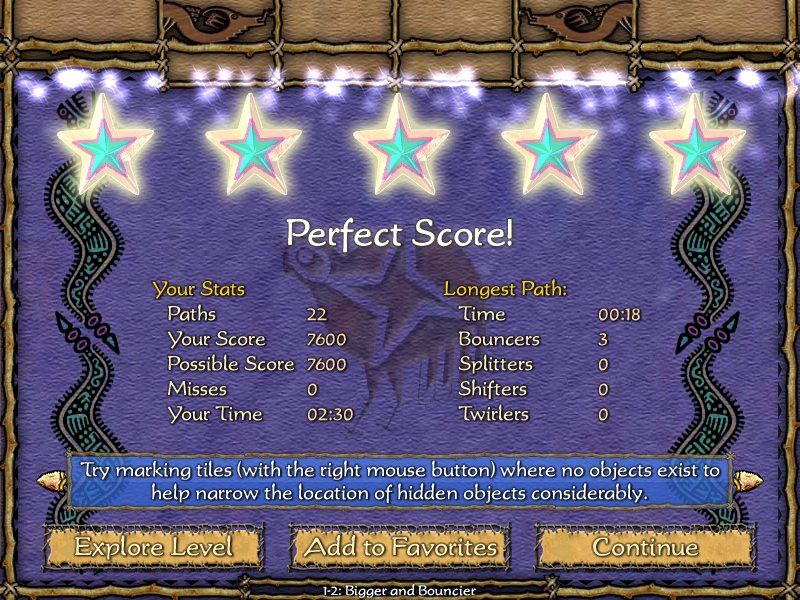
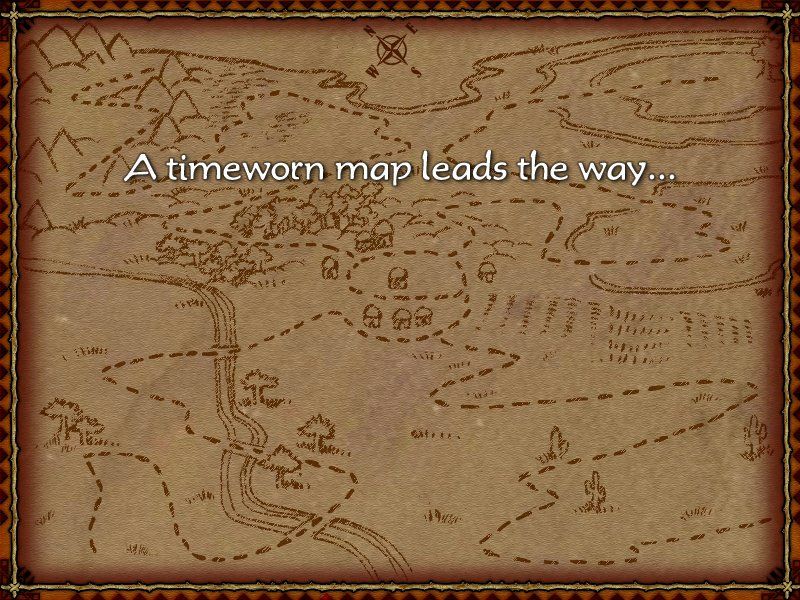
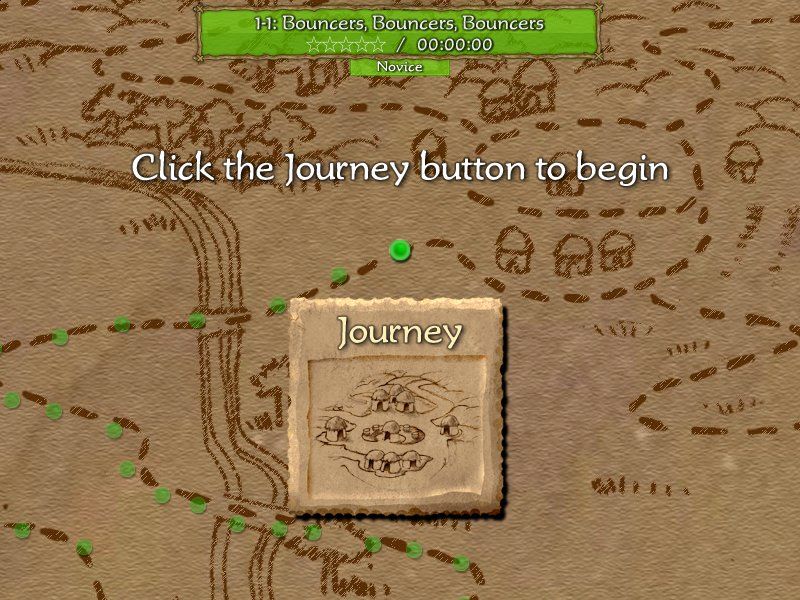
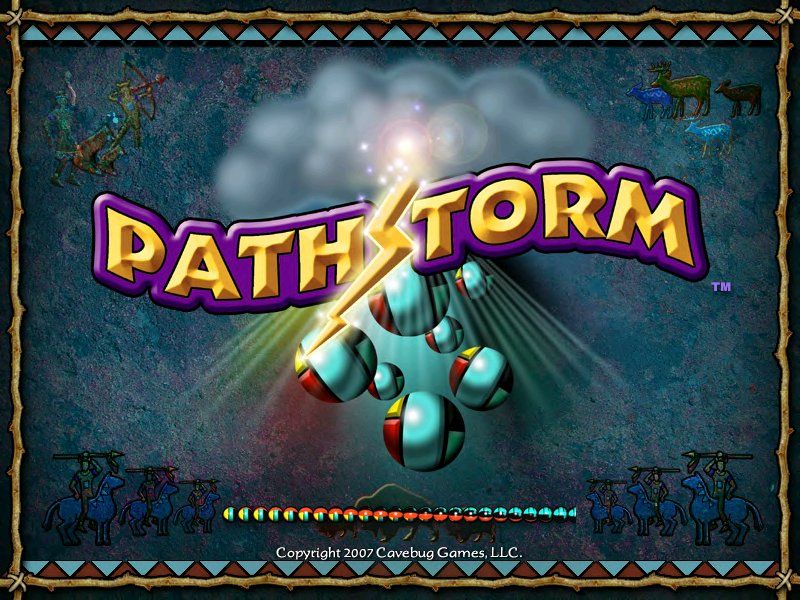



Reviews
There are no reviews yet.